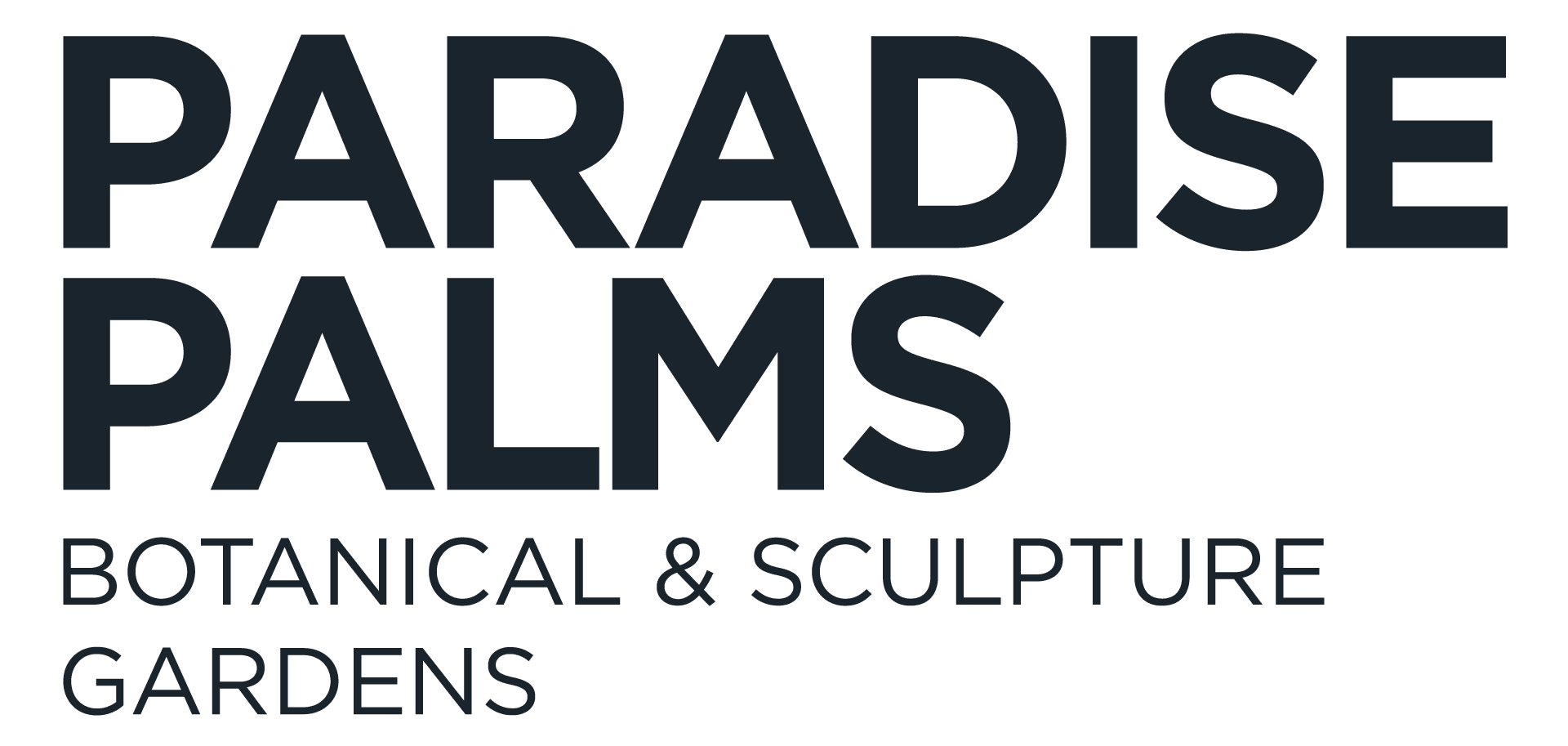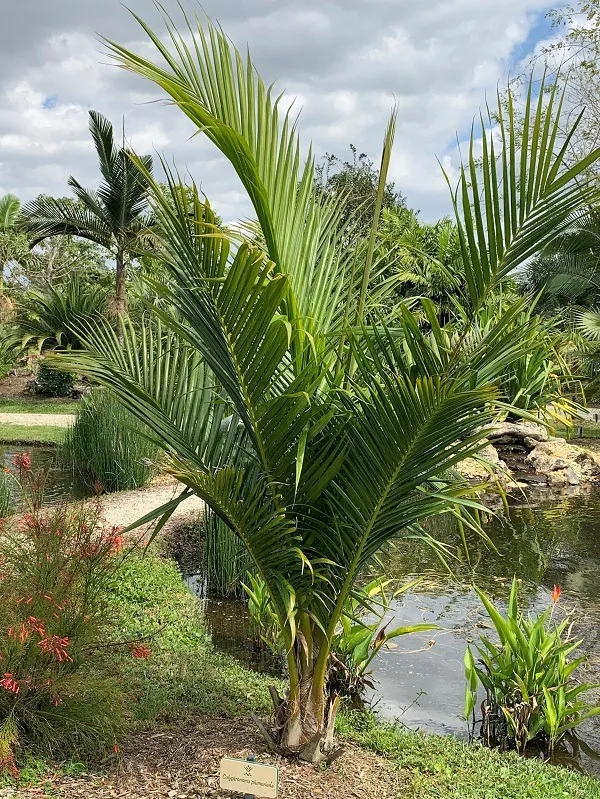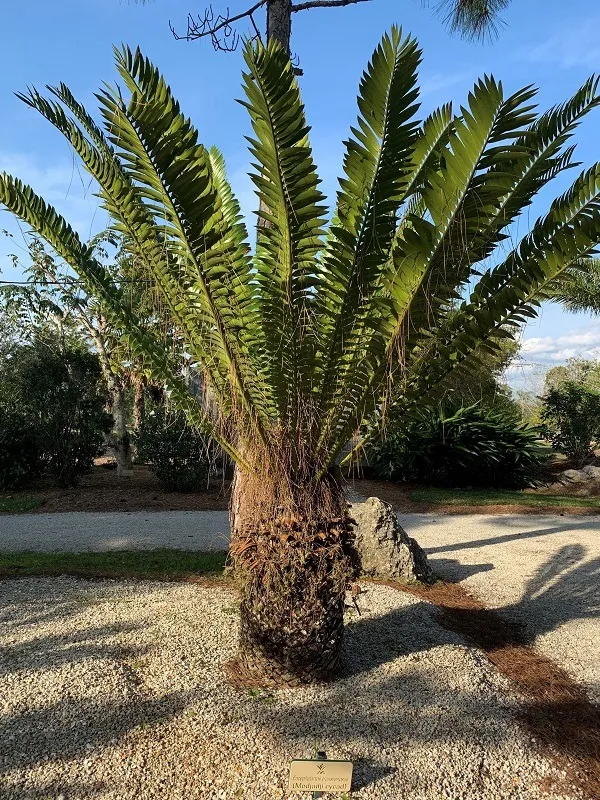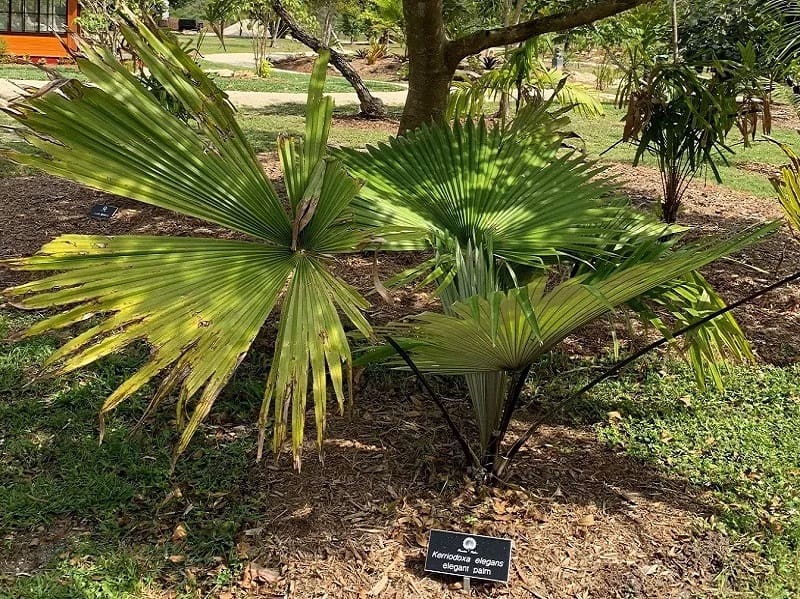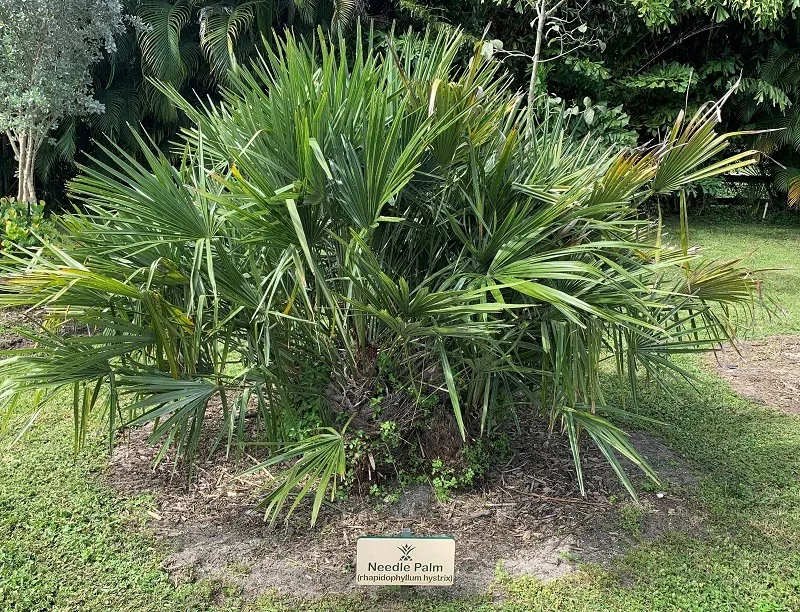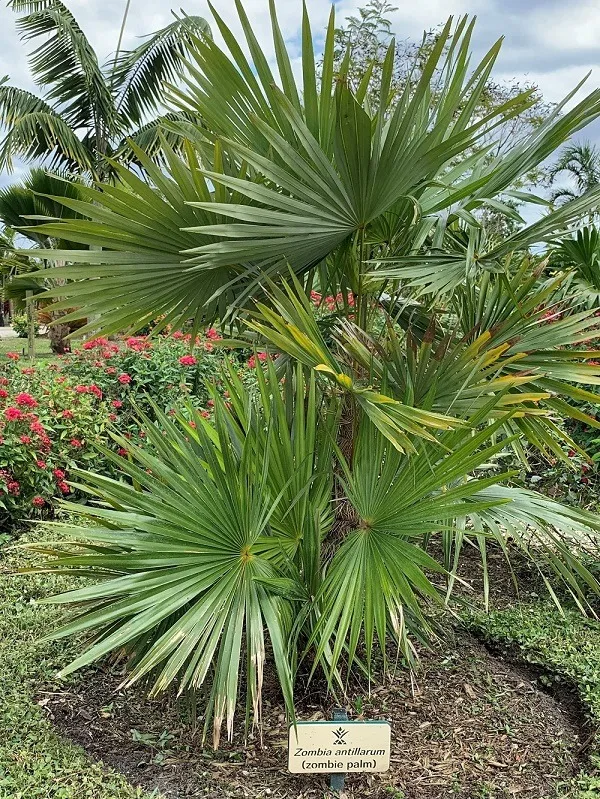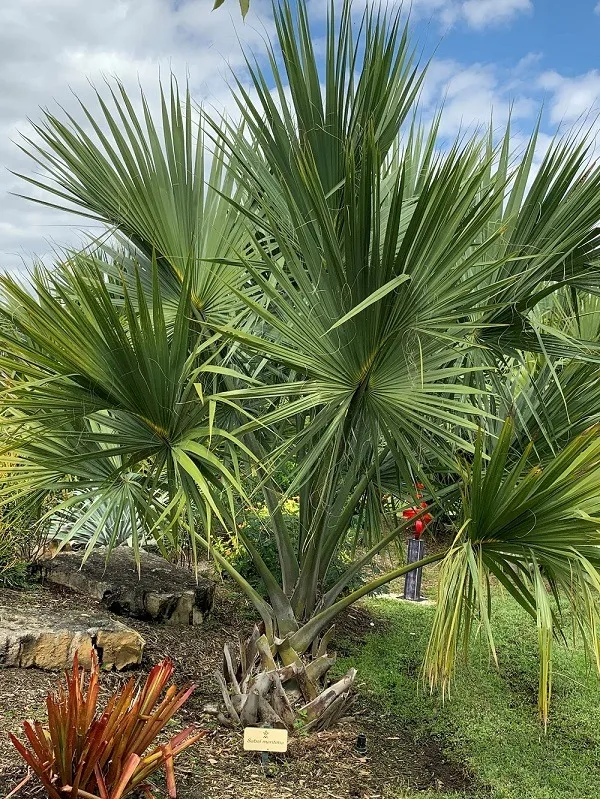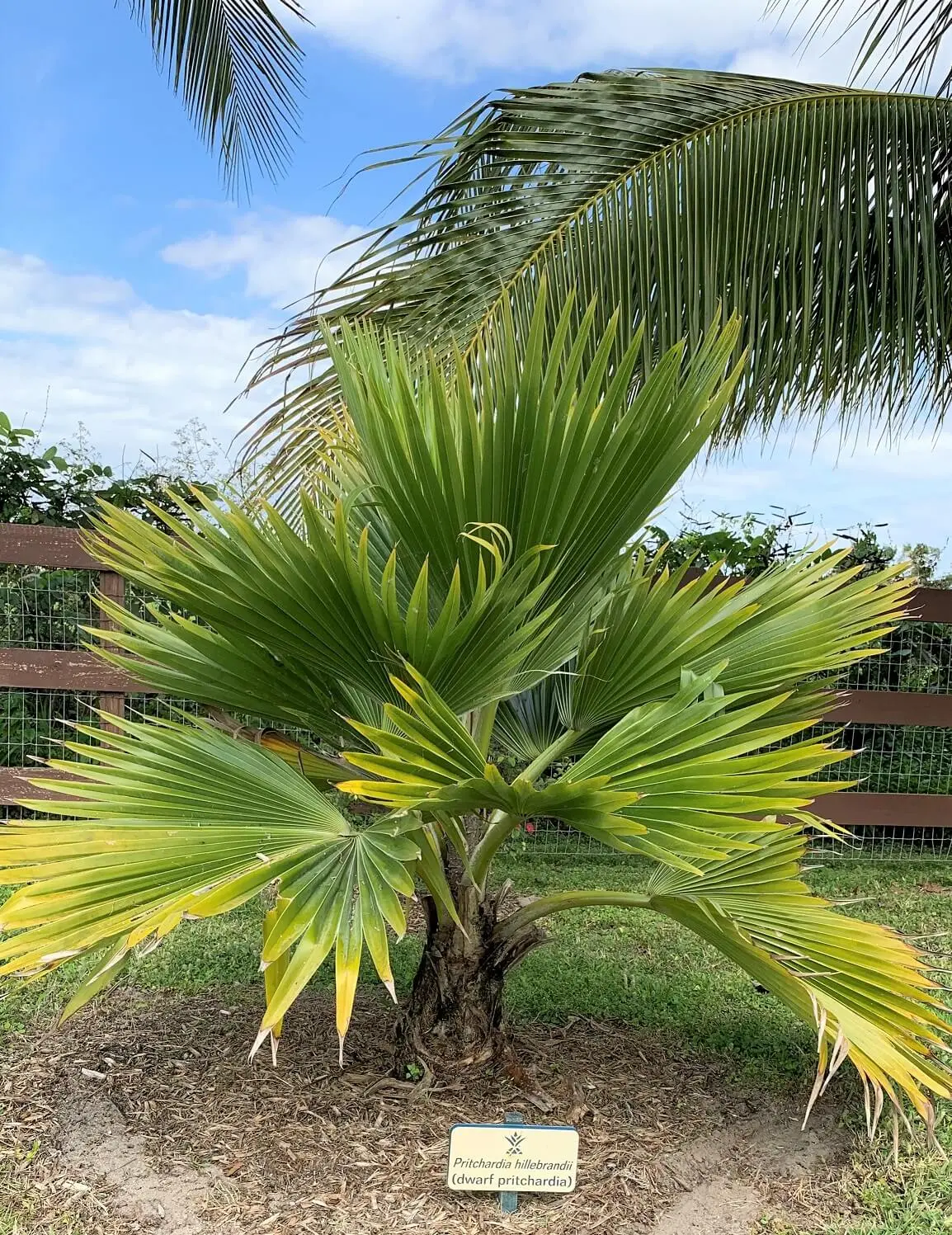CUBA
The island of Cuba, an ecological treasure trove, harbors a diverse array of captivating palms and cycads, among which stands the remarkable “cork palm.” This species, believed to have established its roots on the island for over 100 million years, offers a captivating glimpse into the enduring botanical history of this region.
The cork palm, scientifically significant and intriguing, serves as a living relic from a bygone era, providing scientists with a window into the ancient past. Its existence for such an extensive period suggests an incredible continuity and adaptation within Cuba’s unique ecological landscape. Endemic to the island, this palm has evolved and thrived, demonstrating an extraordinary level of resilience and adaptability that has enabled it to survive numerous climatic and environmental changes over the millennia.
This ancient palm’s presence echoes the longstanding evolutionary journey of flora in the Caribbean, standing as a living testament to the island’s ecological heritage. Its longevity and persistence amidst shifting ecological dynamics signify a testament to the species’ ability to withstand the test of time.
Scientific interest in the cork palm extends beyond its historical significance. Researchers study its genetic makeup, morphology, and ecological interactions, aiming to uncover insights into its adaptations and survival strategies. Understanding the evolutionary trajectory of this enduring species contributes to our broader comprehension of plant evolution, climate history, and the intricate interplay between flora and the environment.
The discovery and preservation of the cork palm on Cuba underscore the importance of safeguarding and studying these botanical treasures. As an integral part of Cuba’s natural heritage, this ancient species stands as a symbol of endurance and resilience, weaving a narrative that links the island’s botanical past to its vibrant present.
Collection Includes
Acoelorrhaphe ♦ Acrocomia ♦ Calyptronoma ♦ Coccothrinax ♦ Colpothrinax ♦ Copernicia ♦ Gaussia ♦ Hemithrinax ♦ Leucothrinax ♦ Prestoea ♦ Pseudophoenix ♦ Roystonea ♦ Sabal ♦ Thrinax ♦ Microcycas ♦ Zamia
